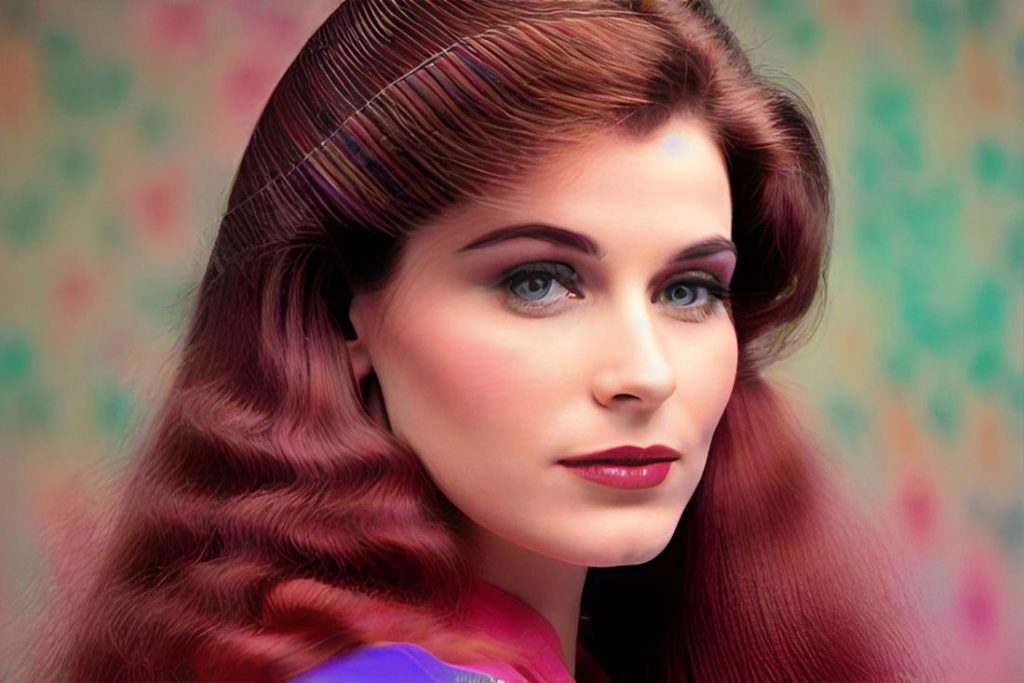The Evolution of Cosmetology: A Journey from the 1950s to the 2000s
The second half of the twentieth century marked an era of unprecedented growth and transformation in the field of cosmetology. From the tube mascara’s advent to the weekly salon appointment’s rise and fall, these decades were defined by innovation, cultural shifts, and an ever-evolving conception of beauty. This article provides a detailed look at the significant trends, personalities, and breakthroughs that shaped cosmetology from the 1950s to the 2000s.

The Evolution of Cosmetology
The 1950s: A New Dawn for Glamour
In the 1950s, the beauty industry began to mirror the glamorous Hollywood culture. The era saw a surge in the popularity of redheads, largely inspired by Hollywood sensations like Rita Hayworth and Lucille Ball. Men’s styles weren’t left behind either, with icons like James Dean, Little Richard, and Elvis Presley setting trends.
1953 marked a significant milestone as Marilyn Monroe’s starring role in Gentlemen Prefer Blondes led to a platinum blonde craze that would extend into the following decade. This period also witnessed an improvement in hair and nail products, as well as the inception of tube mascara.
The 1960s: Revolution and the Rise of Individualism
The 1960s ushered in an era of revolution, not just culturally and socially, but also within the realm of cosmetology. Vidal Sassoon, a British hairdresser, disrupted the hairstyling world with his revolutionary geometric cuts, marking a departure from traditional styles. The hippie movement also had a significant impact on hair trends, with long, straight, center-parted hair and Afros becoming popular for both women and men. The era marked the beginnings of the natural hair movement, which continues to influence the industry today.
The 1970s: Iconic Styles and Technical Innovations
The 1970s were defined by iconic styles and technical innovations in hairdressing. Farrah Fawcett’s long layered look became emblematic of the decade. Despite changes in fashion, long layers remain popular in today’s hairstyles. This decade also witnessed a major revolution in frosting and highlighting. French hairdressers introduced hair weaving using aluminum foil, a technique that has been refined and is still in use today.
The 1980s: Exuberance and Industry Advancements
The 1980s saw a return to dramatic makeup, with heavy use of eye shadows, blush, and the “cat eyes” look. Hairstyles were equally bold, with big, teased bangs, the bilevel haircut, and the Jheri curl taking center stage. This decade also marked significant industry advancements, with the introduction of industry-specific software in salons and the invention of SunGlitz, the world’s first ammonia-free lightener, by hairdresser Farouk Shami. The first North American Hairstyling Awards (NAHA) event was held in 1989, offering a platform for hairdressers to compete and showcase their talents.
The 1990s: A Return to Natural Beauty
The 1990s signaled a shift toward more natural styles and healthier hair. Hair color formulations became gentler, allowing more people to experiment with being blondes, brunettes, or redheads. The desire for smoother, richer styles, improved styling products and tools, and the trend toward healthier hair contributed to a decline in the popularity of perms.






